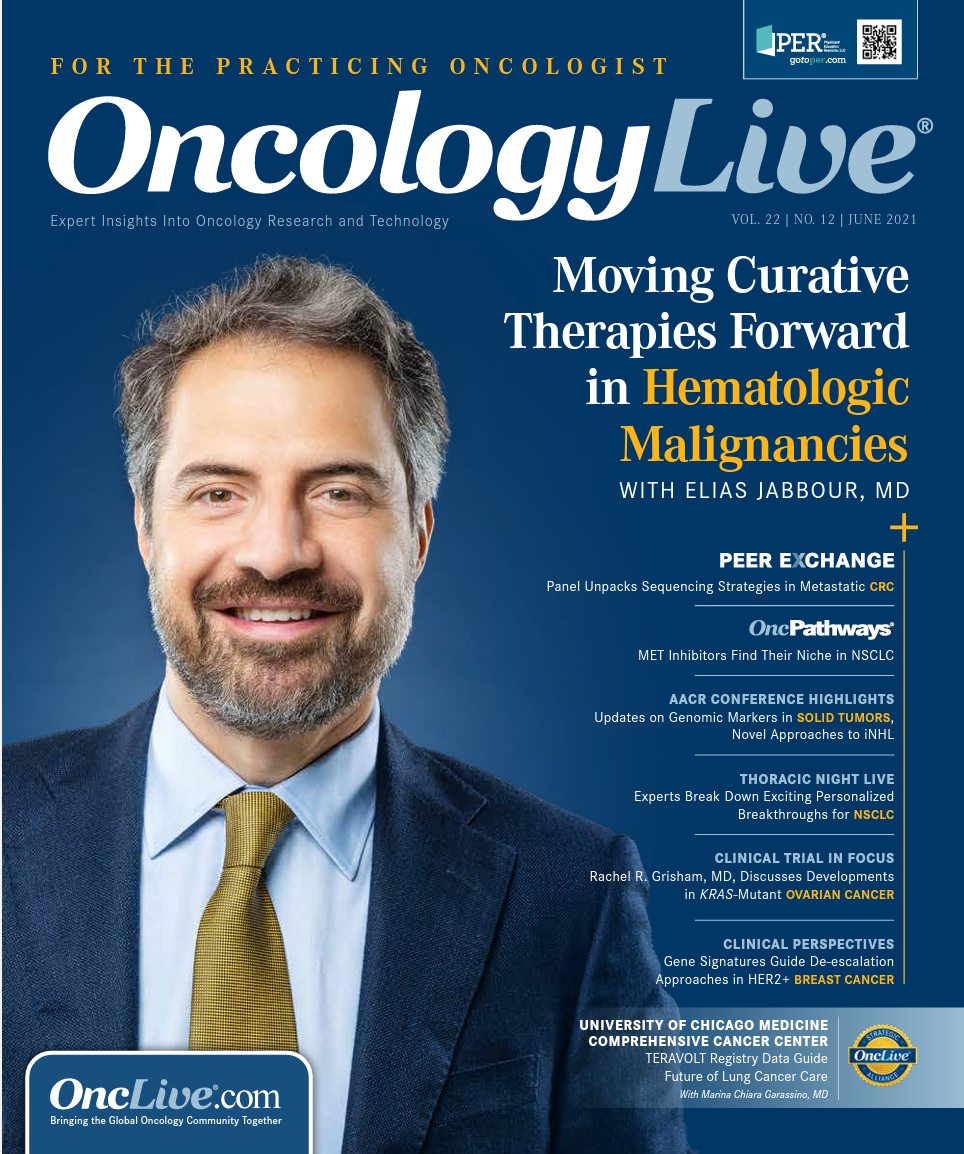Publication
Article
Patient Experiences Can Affect a Practice’s Financial Health
Author(s):
The patient experience is a critical factor in the success of any healthcare practice, and its importance is increasing with the rise of health care consumerism.
Michael Blackman, MD

When considering the 'heath' of a medical practice, much of the focus is on financial indicators: missing collections at the time of service, recurring denials, poor claims management, and aging patient balances. However, there is another area needing attention that is often overlooked: patient satisfaction.
The patient experience is a critical factor in the success of any healthcare practice, and its importance is increasing with the rise of health care consumerism. Studies also show a direct correlation between patient experience and profitability. For example, positive patient experience is associated with increased profitability, and a negative patient experience is even more strongly associated with decreased profitability.1
The link to clinical outcomes is the reason why patient satisfaction has become an important and more frequently used measurement to help access healthcare quality. Since passage of the Affordable Care Act in 2010, the Centers for Medicare & Medicaid Services has also tied Medicare reimbursements to patient satisfaction scores, making these metrics even more of a priority.
THE EFFECT OF COVID-19
The shift to value-based care and the consumerization of health care has been increasing for years, the COVID-19 pandemic put the spotlight on the patient experience. However, as individuals re-evaluated the ways in which they have consumed and received healthcare, and overall, how their preferred providers have reacted to the COVID-19 pandemic.
In Accenture’s “COVID-19 Consumer Health Experience Survey 2020,” 25% of patients who believe their provider is handling COVID-19 poorly say they will not seek further care from the practice – or will wait at least a year until doing so. More concerning, perhaps, is that 64% of patients say they will likely switch providers if their expectations are not met.2
How providers respond to these changing demands and expectations will make or break their financial recovery and future success.
Building Blocks for Creating A Positive Patient Experience
The stakes are high for providers to deliver an exemplary patient experience. If your practice is not already doing so, it’s time to put a stronger emphasis on the patient’s satisfaction.
Here are 5 strategies that can help your practice deliver a positive patient experience and set the foundation for improved financial performance:
- Make a good first impression: A patient’s first interaction often takes place before they even enter the practice. A patient could have seen and read an online review or have received a recommendation from a friend as they were searching for quality health care. Considering you never get a second chance to make a first impression, ensure that your presence, both digitally and physically, is a credible one. Routinely monitor the online review sites where you have a presence and, when possible, set a consistent cadence of responding to both negative and positive reviews, making your patients feel heard. Leverage social media and your website to share important health information to demonstrate your role as a trusted resource in your community.
- Encourage greater patient engagement: Encourage patients to play a more active role in their health and overall care experience. Place emphasis on collaboration by considering the patient’s input and involvement to determine the best course of treatment or care. Instead of simply sending an appointment reminder for a yearly check-up, leverage e-newsletters to educate your patient population on common topics such as allergies, wellness exams, flu season, or even more localized health-related news. Drive greater patient engagement through the use of patient messaging solutions, which offer the ability for providers to check in with patients about their progress or health status.
- Improve access to care: During the pandemic, patients and providers alike relied on virtual care services to not only continue care during periods of quarantines and shutdowns, but also to keep all individuals safe from exposure to the virus. Now that patients are accustomed to telehealth and appreciate its convenience, consider the possibilities for patients who may have previously faced transportation issues, or other social factors that have impeded their access to care. Barring inequities with broadband access in some parts of the country and specific communities, consider educational outreach.
- Add omnichannel conveniences: Virtual visits are not the only conveniences today’s patients expect from their providers. Offering an online portal for scheduling appointments, accessing health records, viewing test results and paying bills gives patients more flexibility to manage their care when and where they want. Medical Group Management Association’s Digital Payment Progress Report found that 77% of providers still send paper bills, even though 52% of patients prefer electronic billing.3
- Improve practice workflow: Leverage innovative technology to transform your practice and make internal processes more efficient. Clinical time should be focused on patients and clinical issues, so the more intuitive the user interface is for providers, the better. Your health IT vendor’s user experience and software design principles should be guided by user-informed persona research and data analysis. Clinicians and office personnel should be able to complete necessary tasks while maintaining patient engagement. In-person communication from the provider can also help set expectations so the patient does not feel ignored during the visit.









